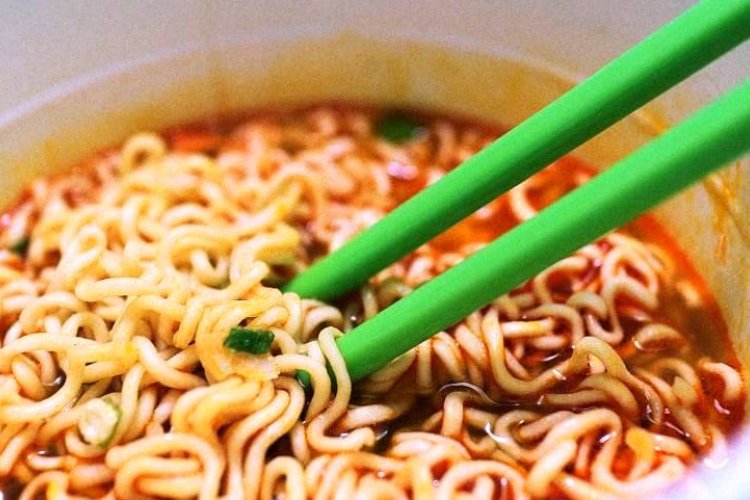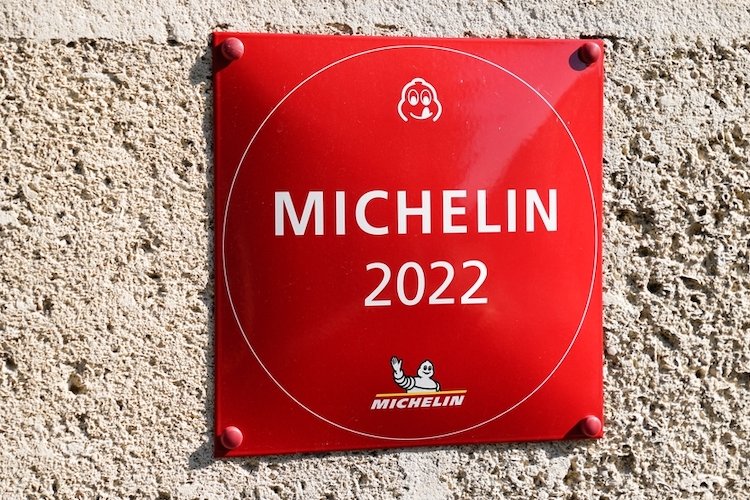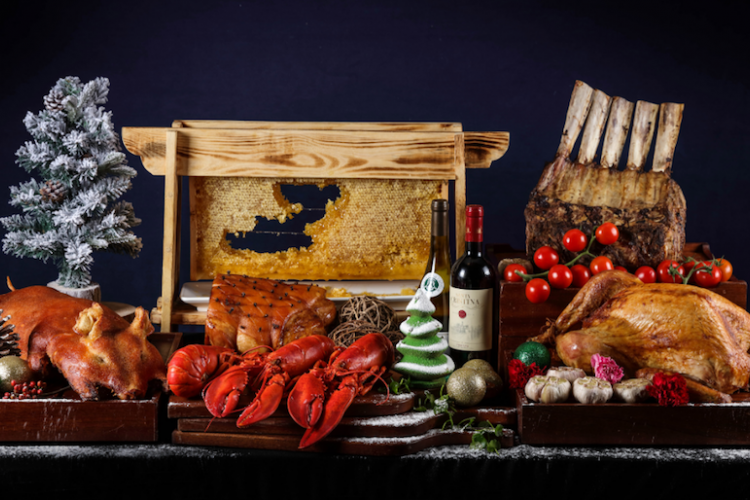Wokipedia: B is for...
Wokipedia is a regular column in which we introduce aspects of Chinese gastronomy, one letter at a time. This time we tackle the almighty B, which stands for ...
… Baicai 白菜
The bedrock of northern cuisine, the “white vegetable,” cabbage, grows plentifully and well around Beijing. A decade ago, cabbage was a harbinger of the onset of winter in Beijing – families would buy 40 to 60 kilograms of the stuff and then store it in corridors, in courtyards, and on rooftops, so that there would be enough to use throughout the colder months, tossing the top few leaves and then washing and preparing the rest (more on that here). Its strong leaves and negligible flavor make it a good green for any kind of hotpot. It also stir-fries well or can be mixed with vinegar and spices as a standalone salad.
… Basi 拔丝
China’s not famous for desserts, but the sweet tooth will find solace in anything basi (pictured above). Apples, bananas, and sweet potatoes are usually the vehicles for this caramelization treatment. Sugar is melted in a wok with some oil. The fruit or tuber is then added and stirred until they are thoroughly coated with the sugar mixture. The dish is then sent quickly to the table, along with a bowl of cold water. Eager diners grab pieces of the dessert and dip them into the water to cool the caramel and solidify it into a crispy coating. Eat it swiftly before it is fused to the plate. Imagine a caramel apple, except that the apple is peeled and the caramel is red-hot.
… Baodu 爆肚
An acquired taste for perhaps all but the Scots, baodu literally means “exploded stomach,” is a bit of a Chinese haggis, and is distinctly Beijing. Two kinds of tripe are actually used in this dish, usually with beef tripe cooked inside lamb tripe. Baodu also includes another B food, baiye, local vernacular for tripe and a popular hotpot item.
That's B sorted. Click here to see what you missed with A.
Photo: bao367.com







